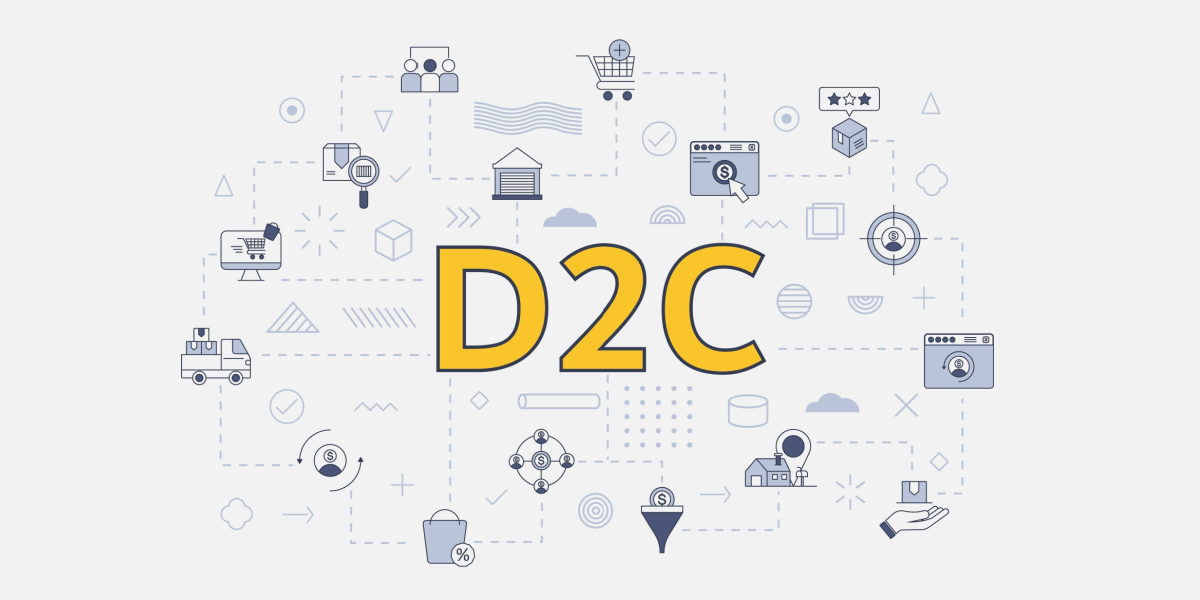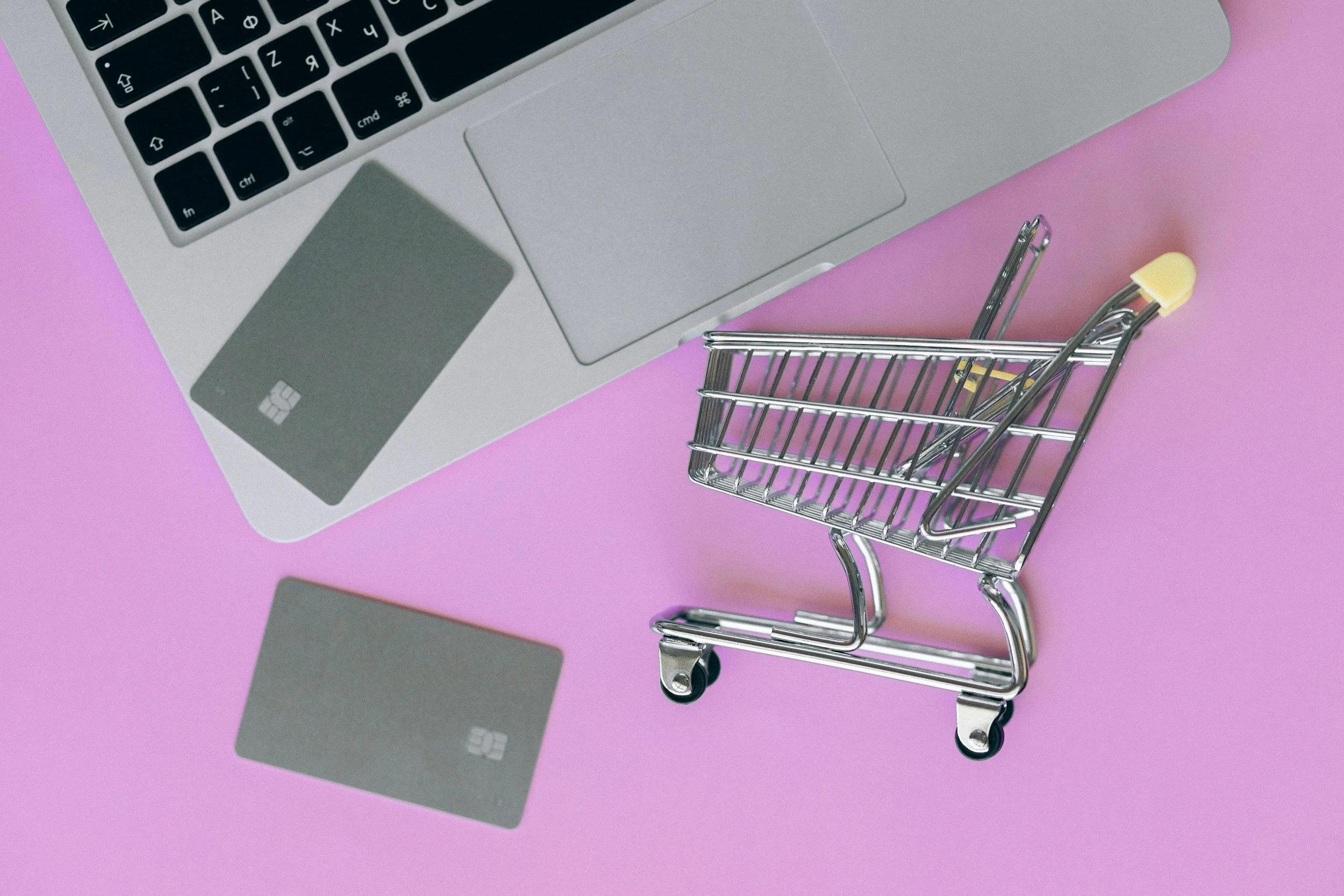Remember when every CPG brand was going to disrupt retail by going direct-to-consumer?
Those were simpler times. When we thought slapping up a Shopify store and buying Facebook ads was a business strategy.
The D2C gold rush of 2020 is over. The prospectors have mostly gone home. The easy money has been made (and lost). But here's the thing about gold rushes: the real money was never in the gold. It was in selling shovels to miners.
And in 2025, the smartest CPG brands aren't trying to strike it rich with D2C. They're building sustainable, strategic direct relationships that complement—not replace—their retail presence.
Welcome to D2C 2.0: Less revolution, more evolution. Less "burn the boats," more "build some bridges."
The Hangover from the D2C Party
Let's start with some sobering reality:
Customer acquisition costs have increased by over 200% since 2020
iOS 14.5 killed the Facebook attribution party
Amazon takes a cut of everything
Shipping costs are eating margins
Returns are the silent killer nobody talks about
The days of spinning up a D2C brand with $50K and a dream are over. The venture capital sugar high has worn off.
What's left? The brands that understood it was never about the channel; it was about the relationship.
Why Most Brands Got D2C Wrong
Mistake #1: Thinking D2C Meant "No Retailers"
Going direct doesn't mean going alone.
The brands that treated D2C as a middle finger to retail learned quickly that wholesale still pays the bills. D2C sales are expected to top $186 billion by 2025; impressive until you realize that's still a fraction of total CPG sales.
Your D2C channel isn't replacing retail. It's complementing it. It's the place where you:
Test new products before retail rollout
Build community that drives retail sales
Capture data that informs everything else
Tell stories that shelf talkers can't
Mistake #2: Competing on Convenience
You're not going to out-convenience Amazon. You're not going to out-fast Target same-day delivery. So stop trying!
D2C wins on experience, not expedience. If the only value proposition of your D2C channel is "buy directly from us," you've already lost.
Mistake #3: Treating It Like a Sales Channel Instead of a Data Channel
The real value of D2C isn't the 15% of revenue it might generate. It's the 100% of data it definitely generates.
Every D2C transaction teaches you:
Who your actual customers are (not who you think they are)
What they buy together
When they buy
Why they buy
What they'll pay
What makes them leave
This data is worth more than the margin you make on direct sales. But only if you actually use it.
The D2C Strategies That Actually Work in 2025
Strategy 1: The Trojan Horse Approach
Don't compete with retail: complement it. Smart brands are using D2C as a Trojan horse:
Exclusive products online: Create FOMO that drives retail traffic
Bundles and subscriptions: Offer value retailers can't match
Personalization: Use data to create experiences Amazon can't
Community building: Turn customers into advocates who demand your products at retail
Example: A skincare brand uses AI-powered customer segmentation to identify segments more likely to be interested in anti-aging products versus those seeking solutions for acne. By analyzing purchase histories and online behaviours, they can deliver personalized content that resonates with individual consumers.
Strategy 2: The Netflix Model
Subscription isn't just a business model—it's a moat.
In 2025, CPG brands need to curate subscription experiences and products to boost retention rates. But here's the catch: if your subscription is just "the same product every month," you're doing it wrong.
Winners are creating:
Curated experiences: Different products based on season, preferences, behaviours
Exclusive access: First dibs on new products, special editions
Community perks: Members-only content, events, connections
Flexibility: Pause, skip, modify without friction
High-quality subscriptions drive loyalty and revenue. They also create predictable cash flow.
Strategy 3: The Data Engine
Stop treating your D2C channel like a store. Start treating it like a research lab.
Every interaction is an experiment:
A/B test everything: Prices, bundles, messages, images
Launch fast, fail fast: New products hit D2C first
Listen actively: Reviews, returns, and support tickets are gold
Connect the dots: D2C data should inform retail strategy
One CPG company found that GLP-1 users increased their tea and infusions interest by 12.25%, significantly higher than the 3.05% increase seen in the general population. They discovered this through D2C data, then used it to inform their entire product strategy.
Strategy 4: The Experience Economy
Experience-driven commerce is differentiating brands by offering unique buying experiences. From virtual stores and try-ons to surprise pop-up shops, customers are drawn to companies that go the extra mile.
Your D2C channel should be an experience, not a transaction:
Virtual consultations: Personalized recommendations from real humans
AR try-ons: See products in your space before buying
Unboxing theater: Make opening the package an event
Story immersion: Deep-dive into ingredients, sourcing, impact
If buying from you directly isn't fundamentally different from buying on Amazon, why would anyone bother?
The Tech Stack That Actually Matters
Forget the 47 apps you think you need. Here's what actually drives D2C success:
The Non-Negotiables
Customer Data Platform: If you can't track a customer across channels, you're flying blind. Whether through internal AI platforms or solutions like Google Cloud's BigQuery, you need unified customer profiles that power hyper-personalized campaigns.
Email/SMS That Doesn't Suck: Brands that treat email like it's 2005 perform like it's 2005. Modern email is behavioural, triggered, and personal. It knows when someone is near a store, when it's their birthday, or when they've abandoned a cart.
Subscription Management: If subscriptions are part of your model (they should be), you need tools that make it effortless for customers and profitable for you.
The Force Multipliers
AI-Powered Personalization: By analyzing customer data, AI can help brands segment their audience, identify high-value customers, and recommend relevant products and promotions.
Content That Converts: User-generated content, reviews, and social proof integrated seamlessly into the buying experience.
Omnichannel Inventory: Your DTC channel shouldn't be a separate inventory. One pool, multiple outlets.
The Hard Truth About D2C Economics
Let's do some painful math:
Average customer acquisition cost: $50-200
Average order value: $45-75
Gross margin: 40-60%
Contribution margin after fulfillment: 20-30%
You're not making money on the first purchase. You might not make money on the second. The profit is in lifetime value, and lifetime value requires:
Retention (subscriptions help)
Repeat purchases (personalization helps)
Increasing order values (bundles help)
Word of mouth (experience helps)
If you're treating D2C as a transaction business, you're treating it wrong. It's a relationship business with transaction features.
The Future of DTC (Spoiler: It's Not What You Think)
The future of D2C isn't about CPG brands becoming retailers. It's about CPG brands becoming media companies that happen to sell products.
Think about it:
Content drives commerce: Recipes, tutorials, stories
Community drives retention: Belonging beats discounts
Culture drives relevance: Brands that matter beyond the product
Creativity drives differentiation: When products are similar, personality wins
The D2C winners of 2025 and beyond won't be the ones with the best Shopify themes or the lowest customer acquisition cost. They'll be the ones that understand that direct-to-consumer is really about being directly meaningful to consumers.
The Action Plan for Brands Ready to Grow Up
Step 1: Define Your D2C "Why"
Not "because everyone else is doing it." Real reasons:
Capture first-party data to understand customers
Test innovations before retail commitment
Build community that drives advocacy
Create experiences retail can't deliver
If you can't articulate why D2C matters beyond "more revenue," stop now.
Step 2: Start with Subscriptions
Subscriptions force you to think about retention from day one. They create predictable revenue. They generate ongoing data. They build habits.
Even if it's just a "subscribe and save 10%" to start, begin building that muscle.
Step 3: Make It Experiential
What can customers ONLY get by buying direct? Not discounts, experiences:
Exclusive products or flavours
First access to innovations
Personalized recommendations
Founder stories and behind-the-scenes content
Community connections
Step 4: Integrate Relentlessly
Your D2C channel shouldn't be a silo. It should be the hub that connects everything:
Data flows to all channels
Inventory is unified
Marketing is coordinated
Customer service is seamless
The Bottom Line (With Actual Hope This Time)
The D2C gold rush is over, and that's a good thing. The speculation has ended. The reality has set in. The brands still standing are the ones that understood the assignment:
D2C was never about disintermediating retail. It was about directly connecting with consumers.
It was never about owning the transaction. It was about owning the relationship.
It was never about competing with Amazon. It was about offering something Amazon never could: meaning, community, experience, and genuine human connection.
The brands that build D2C channels as relationship platforms rather than sales channels aren't just surviving, they're thriving. They're building moats that private label can't cross and Amazon can't clone.
The gold rush is over. The real work of building sustainable, profitable, meaningful direct relationships with consumers has just begun.
And honestly? This is the part that's actually interesting.
Ready to move beyond the D2C hype and build something real? Stop thinking channel and transaction. Start thinking connection and relationship.
Because in 2025, the brands that win aren't the ones that sell direct. They're the ones that matter directly.
And that's a revolution worth joining!


